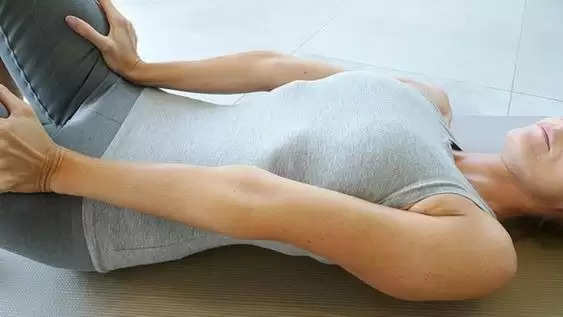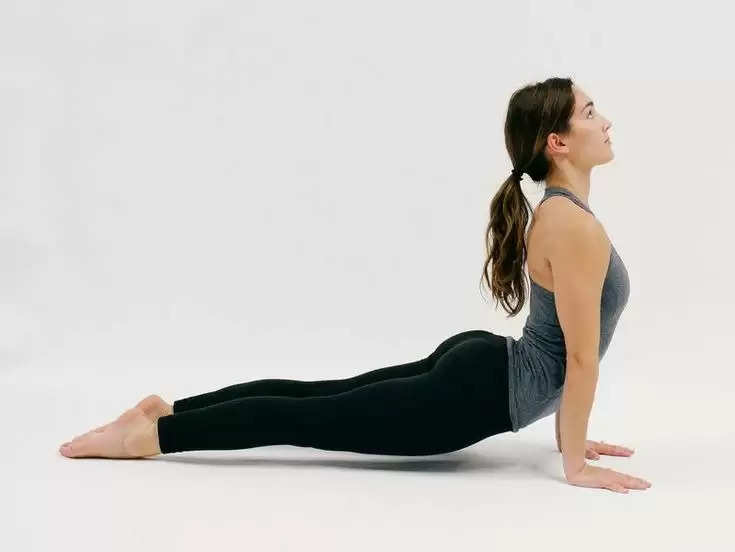Diaphragm Fitness: 3 Easy Exercises to Strengthen Your Breathing Powerhouse

Diaphragmatic breathing exercises are most important for strengthening the muscles of the human body which work continuously. Peritoneum plays an important role in affecting the functioning of organs such as stomach, spine, respiratory, circulatory and lymphatic. Strengthening the diaphragm with regular exercise is conducive to relaxing the spine, preventing sciatica.
Frequent movement of the diaphragm helps to avoid problems with congestion of blood or lymph circulation, thus reducing the risk of varicose veins, edema (swelling due to excessive accumulation of watery fluid) and cellulite.
Exercise 1:

Lie on your back on a hard surface, put one hand on his chest (on the bridge), the other in the middle of the chest, between the rib cages.
Inhale through your nose and exhale through your mouth, making the arms to control the movement of the chest as it fills with air.
Inhalation into the abdominal cavity should be monitored as the diaphragm collapses and the abdominal muscles are exposed.
As you exhale, move the diaphragm and collapse the chest and abdomen.
After each inhalation, tighten the abdominal muscles and hold the air in the chest for a few seconds.
Exercise 2:

In the supine position, place a book on your stomach on a flat and firm surface (about a sensible weight).
Inhale through your nose and exhale through the mouth slightly open to lift the book.
Hold the air for a few seconds and release gently, so that the book slowly descends.
You can repeat the exercise, diversifying with the pronunciation of extended sounds for exhalation.
Exercise 3:

Stay in supine position.
Pull in the air through the lips but very slowly, it should take us a few seconds.
After filling the chest with air, hold the breath for two seconds and then exhale quickly, taking care to expel the air from the lower part of the chest.
With each repetition of the exercise there should be a long time to inhale air.
Regular movement of the diaphragm can avoid problems with congestion of blood and lymph circulation, thereby reducing the risk of varicose veins or cellulite. Diaphragm breathing also helps fight stress, as it helps calm emotions.
